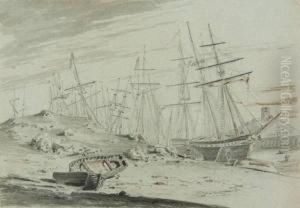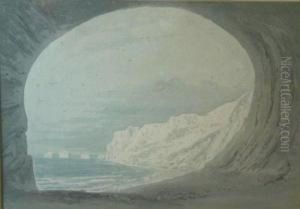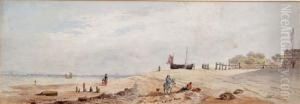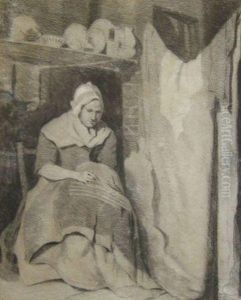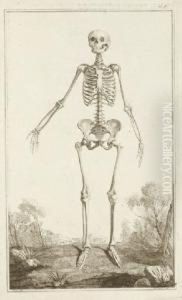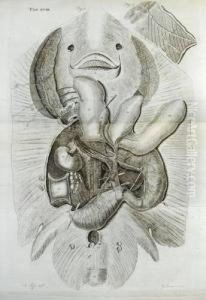Alexander Monro Paintings
Alexander Monro is not primarily known as an artist, but rather as a significant figure in the field of medicine. Born on September 8, 1697, in Edinburgh, Scotland, Monro was an anatomist and physician, and he played a crucial role in the development of medical education in the United Kingdom. He is often referred to as Alexander Monro primus to distinguish him from his son and grandson, who were also named Alexander Monro and were also prominent anatomists. Monro primus was instrumental in establishing Edinburgh Medical School as a leading center of medical education.
After studying at the University of Edinburgh and in London, Paris, and Leiden, Monro was appointed as the first Professor of Anatomy at the University of Edinburgh in 1720. He was also one of the founders of the Royal Infirmary of Edinburgh. His work in anatomy was groundbreaking at the time, with his most famous publication being 'The Anatomy of the Human Bones and Nerves,' which went through several editions and was used as a textbook for many years.
Monro's legacy in the field of medicine is substantial. He not only contributed to anatomical literature but also helped to shape the medical curriculum. His teaching methods were innovative, combining theoretical lectures with practical demonstrations on cadavers. He is also known for his work on the lymphatic system and for describing the foramen of Monro, which is the channel that connects the lateral ventricles of the brain with the third ventricle.
Monro's contribution to art, if any, would likely be related to medical illustrations given his profession. Medical illustrations were an essential part of teaching anatomy at the time, as they provided detailed and accurate representations of the human body that could be used for educational purposes.
Alexander Monro primus died on July 10, 1767, in Edinburgh. His son, Alexander Monro secundus, and his grandson, Alexander Monro tertius, continued his legacy in the field of anatomy, maintaining the family's association with the University of Edinburgh and the advancement of medical education for nearly 130 years.
